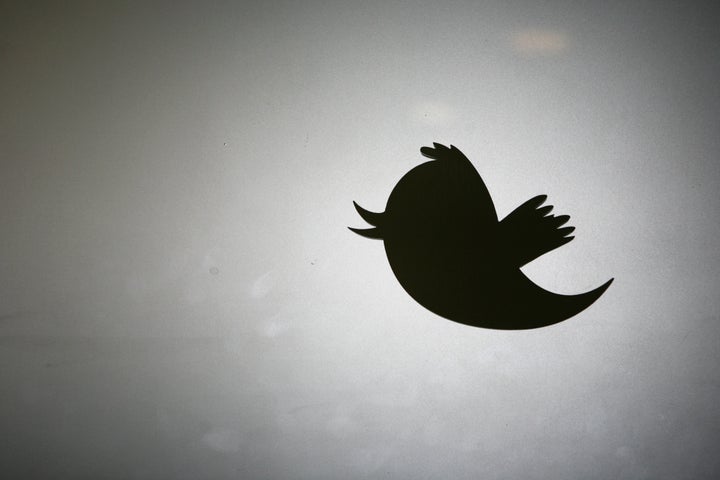
GENEVA, Switzerland -- This month I was visiting the Strategic Health Operations Centre (SHOC), deep inside the World Health Organization. SHOC is WHO's equivalent of the White House Situation Room, where a multi-disciplinary team of experts gather to access and share information that enable rapid situation assessment and decision-making during global pandemics and other health crises.
Along with an impressive array of state-of-the-art communications, collaboration and coordination tools were four large screens for monitoring crises. I was fascinated to see that one of them displayed TweetDeck, the application that facilitates Twitter searches by selected key words or phrases.
WHO uses social media to manage global health crises, I asked Christine Feig, WHO's head of communications? Yes, they are, and she recounted a tale of how social media have fundamentally changed WHO health surveillance in the age of Twitter and Facebook. WHO's seminal social media event occurred the last time the SHOC was staffed 24/7 -- the Japanese tsunami and Fukushima radiation crisis of 2011. Here's how it played out:
On March 14, three days after the tsunami hit Japan, WHO observed via social media that some people were drinking wound cleaner, which contains iodine, because it was thought to protect them from radiation. Via Twitter and Facebook, the WHO social media team warned people not to drink it -- that it would not help and could be harmful.
The same day, WHO noticed people rushing to take iodine pills and tweeted:
Consult your #doctor before taking #iodine pills. Do not self-medicate! http://tiny.cc/qgp4p #radiation #tsunami #japan #globalhealth
On March 17, WHO observed via social media people in China hoarding iodized salt, again, due to misinformation on iodine. CNN even reported that some people were buying five-year supplies. WHO decided it had to address this issue, since overdose of sodium chloride (the main ingredient in salt) can cause poisoning, or worse. They tweeted:
Iodized #salt doesn't have enough #iodine to protect you from radiation. Too much #iodizedsalt can cause poisoning. #japan #globalhealth
The next day WHO tweeted the same thing in Chinese.
Similarly, WHO's monitoring of social media revealed people using seaweed and seaweed supplement to protect them from radiation. WHO tweeted:
Just like salt, #seaweed doesn't have enough #iodine to protect you from #radiation & takes too long to absorb #globalhealth #japan
On March 19, Agence France Presse ran a story with the headline "Chinese seek refunds as salt panic subsides." The article described how Chinese consumers caught up in a salt-buying frenzy were now trying, unsuccessfully, to return their hoards of salt.
WHO's tweets and Facebook messages had paid off. The salt panic in China dissipated as quickly as it had started. WHO had learned of the problem through social media and had rectified it in the same way.
WHO has not always been so nimble in its use of social media. During the H1N1 (swine flu) pandemic of 2009, WHO ignored social media and missed out on lots of useful intelligence. "We learned our lessons the hard way," says Sari Setiogi, a WHO social media officer. "Back then, there were a lot of rumors circulating but we didn't listen. We didn't know what people were talking about and what information they wanted from us. We changed our approach to social media completely since then."
WHO may be on the leading edge of using social media to manage global humanitarian responses: A Devex article this month reported that aid agencies have been "slow to capitalize" on the potential of social media and other emerging communications technologies, according to Médecins Sans Frontières communications head Jason Cone.
In contrast, since the Fukushima incident, WHO has continued to use its social media to educate, build awareness and clarify rumors. Setiogi believes that social media's prominence in WHO's surveillance efforts will continue to increase.
"Social media are more mainstream than ever," she says. "News is breaking on Twitter. Citizen journalism is becoming as valuable as paid journalism. Clicktivism is a new way of campaigning for many causes. Social media become a new bridge that connects people. WHO talks to a broad range of people on our social media channels: Everyone from a ministry of health official to the parents of a premature baby."
WHO now has two full-time social media staff. It gets nearly 6,000 new followers on Twitter per week and about the same number on Facebook per month. And these numbers are growing.
"Most importantly, people pass on our messages to their circles of friends, comment and ask follow-up questions," says Setiogi. "They create conversations among themselves based on our tweets or posts on Facebook. These are not just numbers, but real people who are actually having conversations with WHO. These are our public health ambassadors in this digital era."
